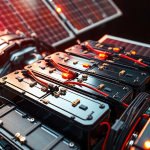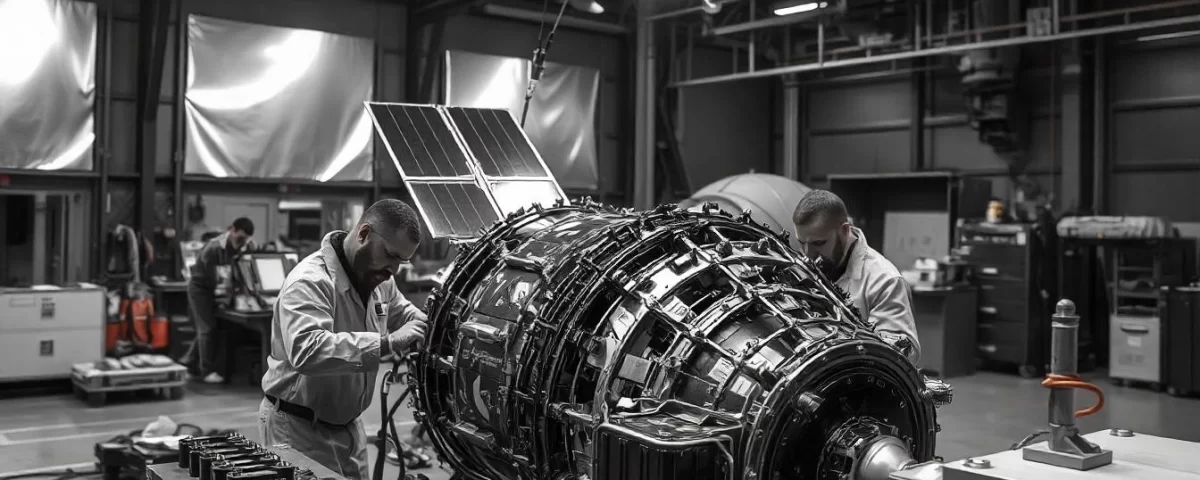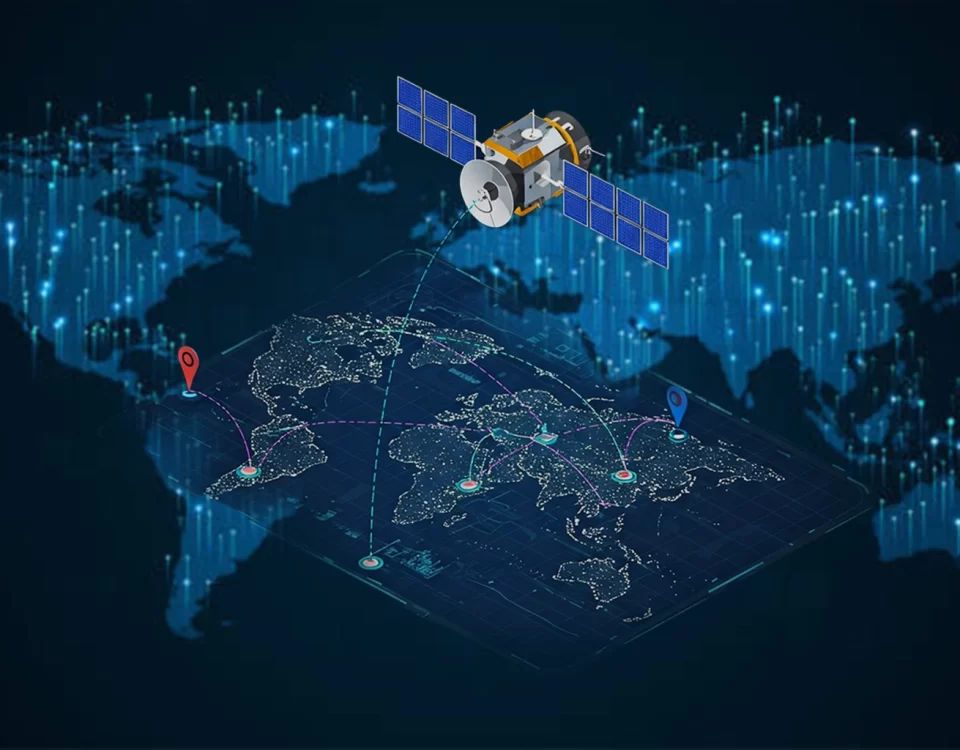
Advantages of using lithium-ion batteries in satellites
January 26, 2025
best satellite for high-resolution earth observation
February 3, 2025Keeping a spacecraft at the right temperature is essential for a successful mission. The extreme conditions in space—with its wild temperature swings, vacuum, and radiation—mean spacecraft need a complex Thermal Control System (TCS). This essay explains how to design a reliable TCS for a satellite.
The Thermal Challenge in Space
Space presents a unique thermal challenge for satellites. They are heated by sunlight (both direct and reflected), their own internal electronics, and, in some cases, friction with the atmosphere. On the other hand, they lose heat to the coldness of space and, sometimes, the Earth’s atmosphere. The trick is to balance this heating and cooling to keep the satellite’s parts within their working temperature range. If things get too hot or too cold, the satellite might not work properly, could break down early, or the mission could fail.
TCS Design Principles
A good satellite Thermal Control System (TCS) is based on a few important ideas. First, it needs to balance heat coming in with heat going out. This means carefully figuring out all the heat sources and where the heat can go, and then designing the system to manage that heat flow. Second, the temperature needs to be stable. Quick temperature changes can damage parts, so the TCS should keep temperature swings small over the satellite’s lifetime. Third, it has to be reliable. If the TCS fails, the whole mission could fail, so backup systems and proven designs are often used. Fourth, TCS designs often use a mix of “passive” methods (like insulation, which needs no power) and “active” methods (like heaters and coolers, which do need power). Finally, because weight and power are precious on a spacecraft, the TCS needs to be as light and energy-efficient as possible.
Passive Thermal Control
Passive Thermal Control Systems are the simplest and most reliable way to initially manage a spacecraft’s temperature, and they don’t need any power. They work in a few main ways. Multi-Layer Insulation (MLI) is like a high-tech blanket, made of many layers of shiny material separated by empty space, to block heat from getting in or out. Special coatings on the outside of the satellite control how much sunlight is absorbed and how much heat is radiated away. Similar coatings can be used inside the spacecraft too. Heat sinks help move heat away from internal parts and into space. Finally, special fillers can improve how heat moves between different parts of the satellite.
Active Thermal Control
Active Thermal Control Systems use powered devices for finer temperature control. They’re more complicated than passive systems but offer more flexibility. Some common examples are electric heaters, which add heat when needed; coolers, which remove excess heat; and Variable Conductance Heat Pipes (VCHPs), which efficiently move heat over long distances and can be adjusted to control temperature. Finally, fluid loops circulate a fluid to collect heat and move it to radiators to be released into space.
TCS Design Process
Designing a Thermal Control System is a multi-step process. First, you need to figure out the temperature requirements for all the parts of the spacecraft, how long the mission will last, and the details of the orbit. Next, you analyze the heat—how much the spacecraft will gain and lose—and predict the temperature of different parts. This often involves complex computer simulations. Based on this analysis, you come up with a TCS design using a mix of passive and active methods. Then, you choose the specific parts, like insulation, coatings, heaters, and coolers, and put them all together. Finally, you test the system thoroughly to make sure it works as expected. This often involves putting the spacecraft in a vacuum chamber that simulates the harsh conditions of space.
Challenges and Future Trends of Thermal Control System
Building a good Thermal Control System (TCS) is tough for several reasons. Smaller spacecraft make it harder to design effective cooling. Modern spacecraft use more power, which means they generate more heat. And these systems need to work reliably for years, sometimes even decades.
Looking ahead, TCS designs are likely to use new and better materials, like super-efficient composites and lightweight insulation. We’ll also see “smart” systems that use sensors and computers to automatically adjust to changing conditions. Finally, tiny channels might be used to cool hot components directly.
A satellite’s thermal control system is absolutely essential for a successful mission. It has to be carefully designed to keep the satellite’s parts at the right temperature so they can work reliably in the extreme conditions of space. This means really understanding how heat moves, figuring out all the sources of heat and where it goes, and cleverly combining simple (passive) and more complex (active) cooling methods. As space technology gets more advanced, designing these systems will become even more challenging and exciting, pushing us to come up with better materials, techniques, and overall designs.




